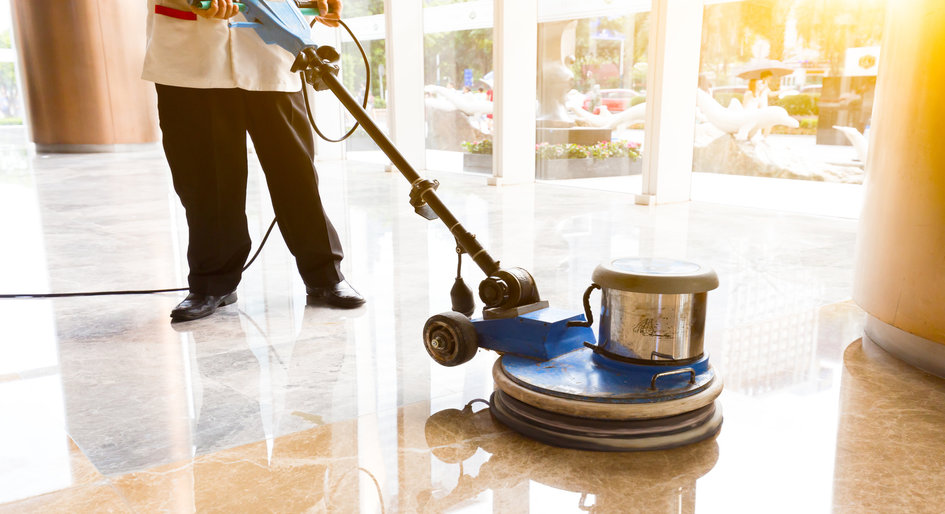The importance of cleaning schedules in hospitals, office buildings, schools, and other public facilities is becoming increasingly obvious, especially as the world returns to work and life post-COVID-19.
Take, for example, a hospital in the U.S. that had installed buttons so staff and visitors could notify housekeeping when the facilities needed cleaning attention. Over an eight-month period, the buttons were pushed 1,920 times.
Analyzing the requests, most were made between 3 p.m. and midnight. The buttons were also pushed in some areas more than others, and weekends had the fewest calls for cleaning. Despite this, the hospital’s public restrooms continued to be cleaned at about the same frequency and time each day, regardless of location, day of the week, and whether they required cleaning attention.
This frequency of service, as it is typically called in janitorial request for proposals (RFPs) or tenders, was not working for the hospital. Administrators decided to replace these set routines with ‘demand schedules’ to better address the healthcare facility’s needs.
NAVIGATING CHARGES FOR SERVICE
In the professional cleaning industry, frequency of service schedules are crucially important. Sometimes referred to as specs or specifications in janitorial proposals, cleaning contractors use them to determine charges for service. They are also designed to ensure all areas of a facility are cleaned according to a specified timetable. This way nothing is missed or overlooked.
But in most cases, these specs are not set in stone. Cleaning contractors are usually willing to make modifications to accommodate client needs, as long as they don’t go too far. If they do, this can add to labour costs. The contractor will then either need to absorb the added expense or ask the client to accept an adjustment in their monthly service charge.
Over the years, some cleaning contractors have tried to work around this predicament. They have moved away from the frequency of service to ‘cleaning needs’ schedules, similar to the demand schedules recommended by the hospital’s administrators. For instance, instead of specifying ‘floors shall be swept and cleaned once per day’ in cleaning proposals, statements like, ‘floors shall be free of dust, debris, soil, and heel marks’ are being used. Essentially, this means floors will be cleaned whenever they look like they need to be.
While this may help address client needs, specifications like this can make it difficult for contractors to bid on the cleaning requirements of a facility.
What if the contractor assumes the floors will only need cleaning once daily but when service begins, they need to be swept and cleaned three times per day?
There is a way to prevent this, better meet client needs, and still provide an acceptable method for cleaning contractors to determine their charges. It’s called a SOW or scope of work.
SOWING THE SEEDS FOR CLEANING FREQUENCIES
The SOW is a formal, written document that serves as the foundation for a RFP. It breaks down a facility into sections and identifies the cleaning needs of each. For instance, areas subject to adverse weather conditions often require more cleaning attention.
While the SOW involves cleaning frequencies, in most cases it is based on an evaluation of the facility’s needs, not set schedules, as they change with time. Occasionally, lightly trafficked areas or rarely used restrooms become much busier. In such cases, the SOW will have to be adjusted along with the RFP. Keeping these documents current through regular evaluation helps both the client and cleaning contractor ensure the cleanliness and health of the facility and satisfaction of building users.
In the best of scenarios, the client has already prepared an updated SOW. A SOW prepared even five years ago may not reflect the ways facilities are cleaned today. Often, larger facilities will call in a cleaning consultant to help revise it.
LEVELLING THE FIELD
The hospital in the U.S. serves as a good example of how a SOW can work. Let’s assume the administrators already conducted their study of requests for service. But instead of basing their SOW on this analysis, they used adenosine triphosphate (or ATP) testing to monitor soil buildup during the course of a day. If the monitoring systems indicated that certain restrooms required cleaning every four hours, five days a week, while others only needed attention once per day, seven days a week, this would be written into the SOW.
Now the hospital administrators would know more precisely how often certain restrooms required cleaning. This information, written into the RPF, would help contractors determine their charges and if the hospital is taking bids, ensure all are tendering on the same needs of the facility.
Ron Segura is president of Segura Associates. His company works with building managers as well as large and small contractors, helping them build their brands and streamline business operations. This helps reduce costs and allows them to operate more profitably. Ron can be reached at seguraassociates@msn.com








